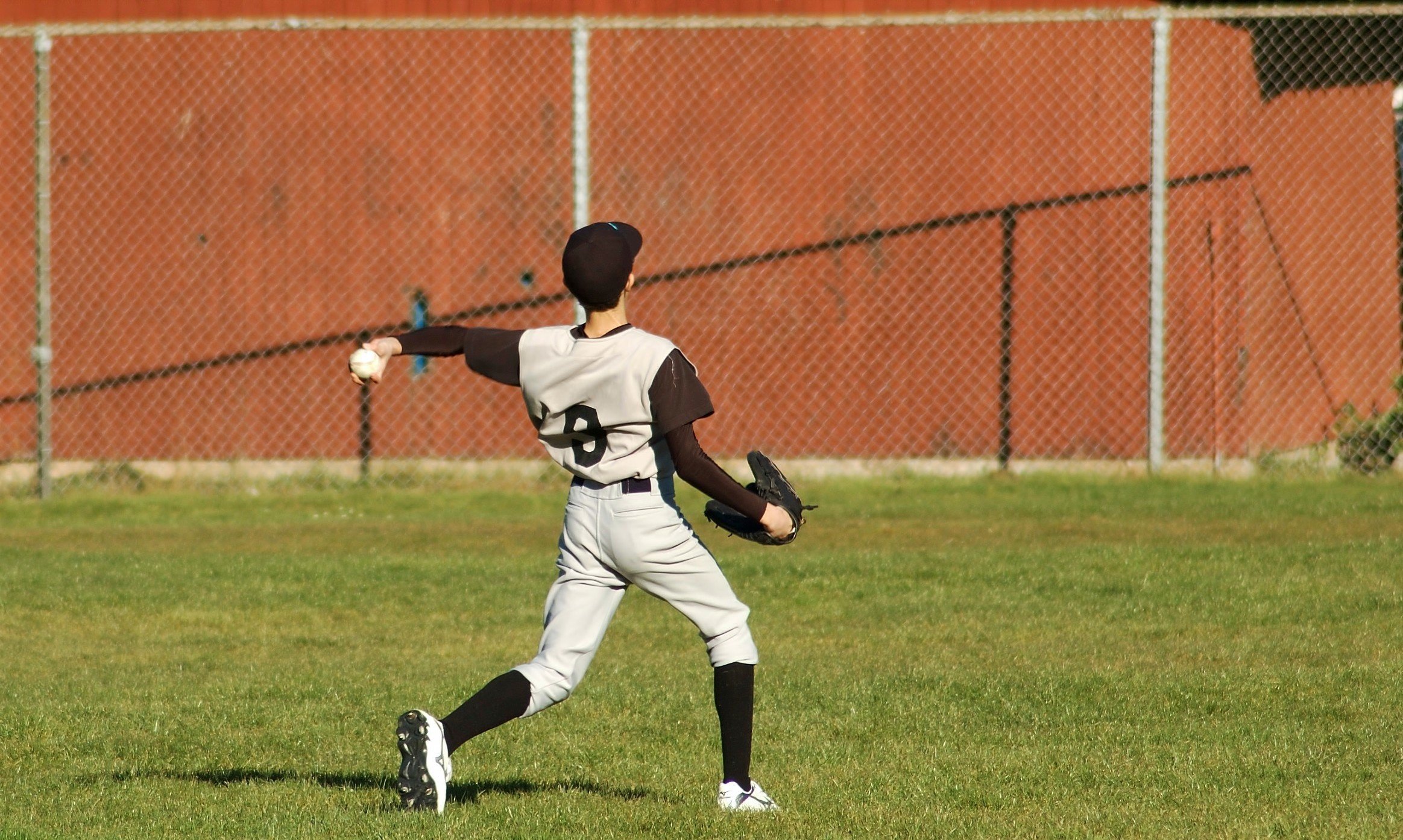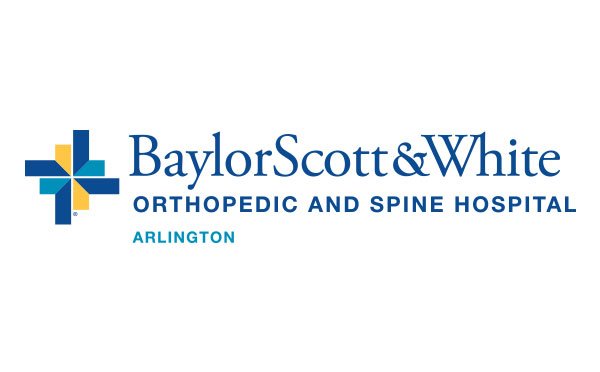Throwing Injuries of the Elbow
When participating in athletics that require overhand throwing, individuals place a great amount of stress on the elbow joint. When individuals must continuously repeat the overhand throwing motion, overuse injuries to the elbow may occur. The highspeed movements along with the repetitive nature of throwing often lead to overuse injuries within the elbow, particular the inside of the elbow. Acute injuries to the elbow may also occur from overhand throwing, but have shown to happen less frequently than overuse injuries. Common sports where physicians see throwing injuries of the elbow include baseball, volleyball, and tennis.
Anatomy of the elbow
Both a hinge and pivot joint, the elbow consists of bones, ligaments, muscles, and tendons. Very important nerves and arteries also run through and around the elbow.
Four bones play a role within the elbow; the Humerus, Radius, Ulna, and Olecranon. Individuals can feel the most prominent bone of the elbow, the olecranon, when feeling the outside of the elbow. When somebody says they bumped their elbow or “funny bone”, they most likely refer to the olecranon. At the elbow, the humerus articulates with the radius and ulna. Individuals can find the humerus proximal to the elbow and find the radius and ulna distal to the elbow and medial and lateral to one another.
Within the elbow joint, ligaments connect the bones to one another. The LCL, or Lateral Collateral Ligament, consists of four ligaments that create one complex. The ligaments of the LCL include the lateral ulnar collateral ligament, the lateral radial collateral ligament, the accessory lateral collateral ligament, and the annular ligament. The LCL complex helps provide stability to the elbow.
Of the nerves that run down the arm through the elbow, the ulnar nerve finds itself the most susceptible to injury. Often, injuries to the elbow can impinge or pinch the ulnar nerve. When nerve injuries occur, severe pain may occur along with loss of or difficulty with motor skills.
Causes of throwing injuries of the elbow
The motion of throwing overheard along with a high velocity can lead to throwing injuries of the elbow. The chances of suffering from a throwing injury of the elbow greatly increases with repetitive motion. With sprains and strains, the injury typically resolves with rest. In throwing injuries of the elbow where something tears, the injury may require surgical intervention.
Symptoms of a throwing injury of the elbow
Symptoms of a throwing injury of the elbow typically arise after throwing. Individuals may feel sharp pain or a dull ache but most experience decreased strength or less of a tolerance and endurance to throwing. Other symptoms of a throwing injury of the elbow include:
- Numbness of the elbow
- Tingling of the elbow
- Redness and swelling around the elbow
- Difficulty bending or extending the elbow
- Overall elbow tenderness
Common throwing injuries of the elbow and treatment options
The most common throwing injuries of the elbow include flexor tendinitis, ulnar collateral ligament injury, valgus extension overload, olecranon stress fracture, ulnar neuritis.
To diagnose a throwing injury of the elbow, the doctor starts with a physical examination. During the physical examination, the doctor goes over all medical history and asks the patient questions about their daily and recreational activities. The doctor then performs physical tests to evaluate the patients strength and flexibility and see which movements and motions cause the patient pain. Lastly, the doctor performs diagnostic testing like Xray and MRI.
Depending on the injury, the treatment may include physical therapy, change of throwing mechanics, RICE (rest, ice, compression, elevation), injections, or surgery.
To view a list of all insurances that AOA Orthopedic Specialists accept, click HERE. To schedule an appointment online, click HERE.



